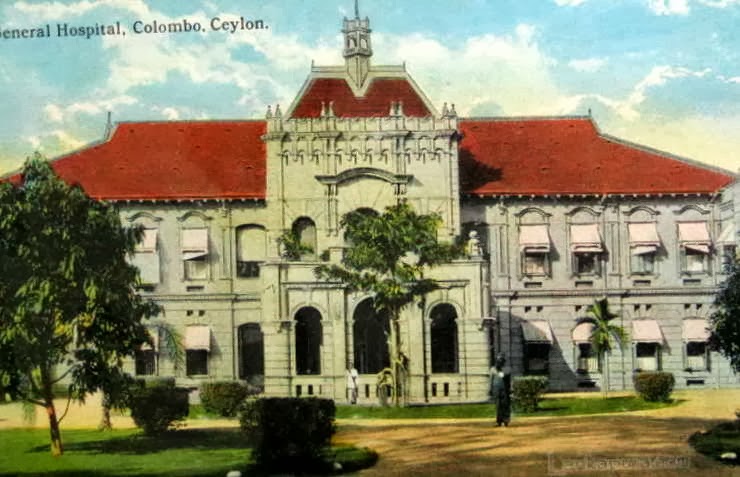Flashmob
Flash Mob - Ode an die Freude ( Ode to Joy ) Beethoven Symphony No.9 classical
music
Ode
to Joy (English version)
Flashmob
Flash Mob - Ode an die Freude ( Ode to Joy ) Beethoven Symphony No.9 classical
music
Ode to Joy
From Wikipedia, the free encyclopedia
This article is about Schiller's poem. For the "Ode to Joy" theme by Beethoven, see Symphony No. 9 (Beethoven). For other uses, see Ode to Joy (disambiguation).
"Ode to Joy" (German: "An die Freude" [an diː ˈfʁɔʏdə], first line: "Freude, schöner Götterfunken") is an ode written in the summer of 1785 by German poet, playwright and historian Friedrich Schiller and published the following year in Thalia. A slightly revised version appeared in 1808, changing two lines of the first and omitting the last stanza.
"Ode to Joy" is best known for its use by Ludwig van Beethoven in the final movement of his Ninth Symphony, which does not set the entire poem and reorders some sections (Beethoven's text is given in that article). Beethoven's tune[1] (but not Schiller's words) was adopted as the Anthem of Europe by the Council of Europe in 1972, and subsequently the European Union.
Contents
[hide]The poem[edit]
Friedrich Schiller, who was enthusiastically celebrating the brotherhood and unity of all mankind, later made some small revisions to the poem when it was republished in 1803[citation needed], and it was this latter version that forms the basis for Beethoven's famous setting. Despite the lasting popularity of the ode, Schiller himself regarded it as a failure later in his life, going so far as calling it "detached from reality" and "of value maybe for us two, but not for the world, nor for the art of poetry" in an 1800 letter to his long-time friend and patron Christian Gottfried Körner (whose friendship had originally inspired him to write the ode).[2]


